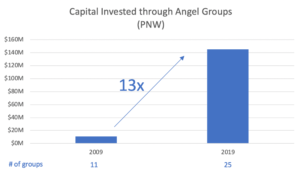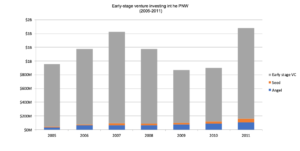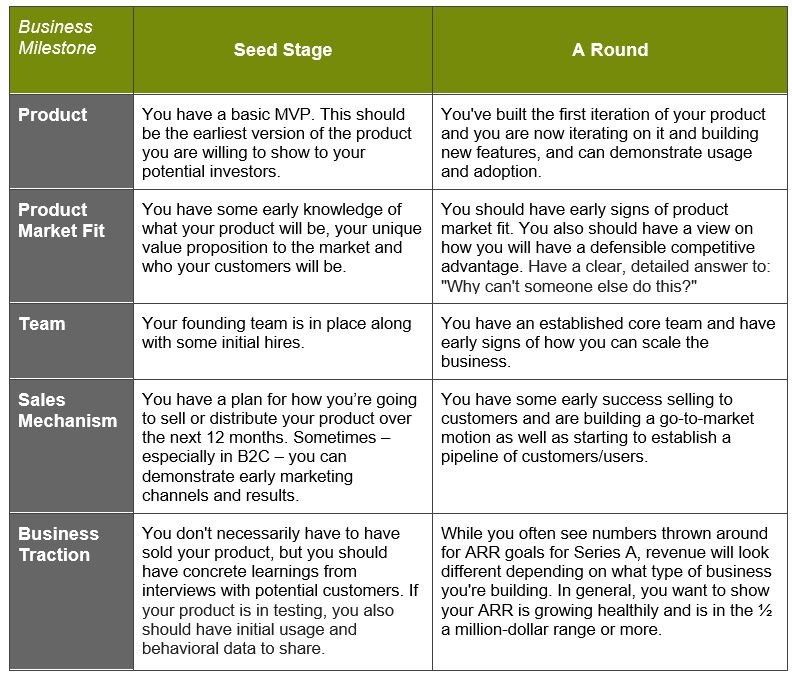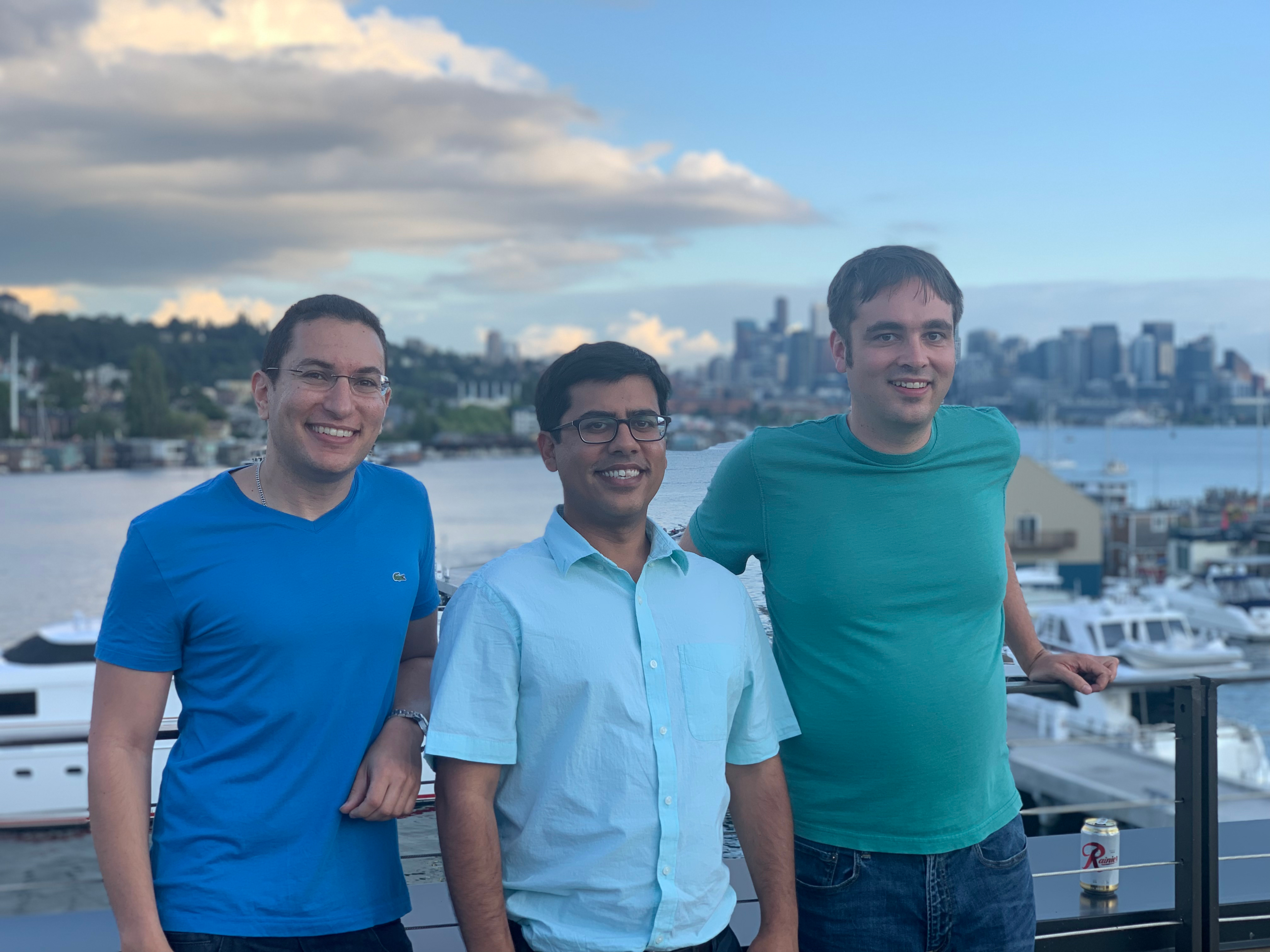Natural Language Processing is having a major moment. NLP enables machines to analyze, understand and manipulate language. It is undergoing a rapid and transformational shift, powered by forms of deep learning.
Led largely by a new generation of pre-trained transformer models, innovators are unlocking NLP use-cases and entirely new applications seemingly at the speed of light. For some context – in February 2020, Microsoft announced what was then the largest and most powerful language model: Turing-NLG. Turing is 17 billion parameter language model that outperformed the state of the art in on a variety of language modeling benchmarks. A matter of months later, OpenAI released GPT-3 – a 175 billion parameter generative transformer model: a 10x increase in size.
These models join a growing number in the “billion parameter club”- to sit among the likes of 9.4B from Facebook and Google’s Meena chatbot. But make no mistake – this is not only a big tech game. New companies like HuggingFace and open-source options like DistillBERT are driving drastic performance improvement in transformer models and redefining the standards by which we evaluate them. The progress is nothing short of astonishing.
OpenAI’s GPT-3 lit the entrepreneurial Twitterverse on fire this summer – and with good reason. The third iteration of OpenAI’s autoregressive language model is a step change in deep learning generative language models. In a matter of days, beta users were demonstrating GPT-3 enabled re-imaginations of tasks like text summarization, code generation, and auto-translation and completion, just to name a few.
At Madrona, we see next-gen NLP generally and these transformer models specifically as enablers to building new companies and applications. Over the past months, we have closely followed the infrastructure developments and potential applications, searching for the right combination of team and use case to support. It came in the form of three young and ambitious founders who, just this summer, formed their company, OthersideAI.
OthersideAI is a next-gen productivity tool that increases the speed of communication. In the few short months since incorporating, the team has leveraged GPT-3 to build a product that takes short-form user input and generates full length emails in the user’s style of writing. It is delightfully simple, contextually aware, and ever-learning.
Since meeting the founders Matt Shumer, Jason Kuperberg and Miles Feldstein in August, we have been continually impressed with the speed of progress and future vision from this team. Just as their tool re-imagines communication, the company re-imagines processes. With OthersideAI, development cycles are measured in days, new features are shipped in hours, inboxes are cleared in minutes, and emails are written in seconds.
OthersideAI has been in alpha mode, working closely with the OpenAI team to refine and customize filters on top of the existing base GPT-3 models. Currently, the product is a Chrome extension that integrates with Gmail. With this announcement, Otherside is officially launching their beta and will start to onboard the first cohort of users from the growing waitlist.
Productivity tools like OthersideAI are a key element of our Future of Work investment theme, augmenting a digital-first workflow with automation. Using OthersideAI promises to drastically reduce the hours spent writing email every day. With the push of a button, it opens access to powerful automation driven by the latest in artificial intelligence and natural language processing. And – alpha testers say it is working – enabling them to get through their inboxes 4x faster already.
We are thrilled to start this journey from Day One with the OthersideAI team and lead their seed round. Join the waitlist here!



